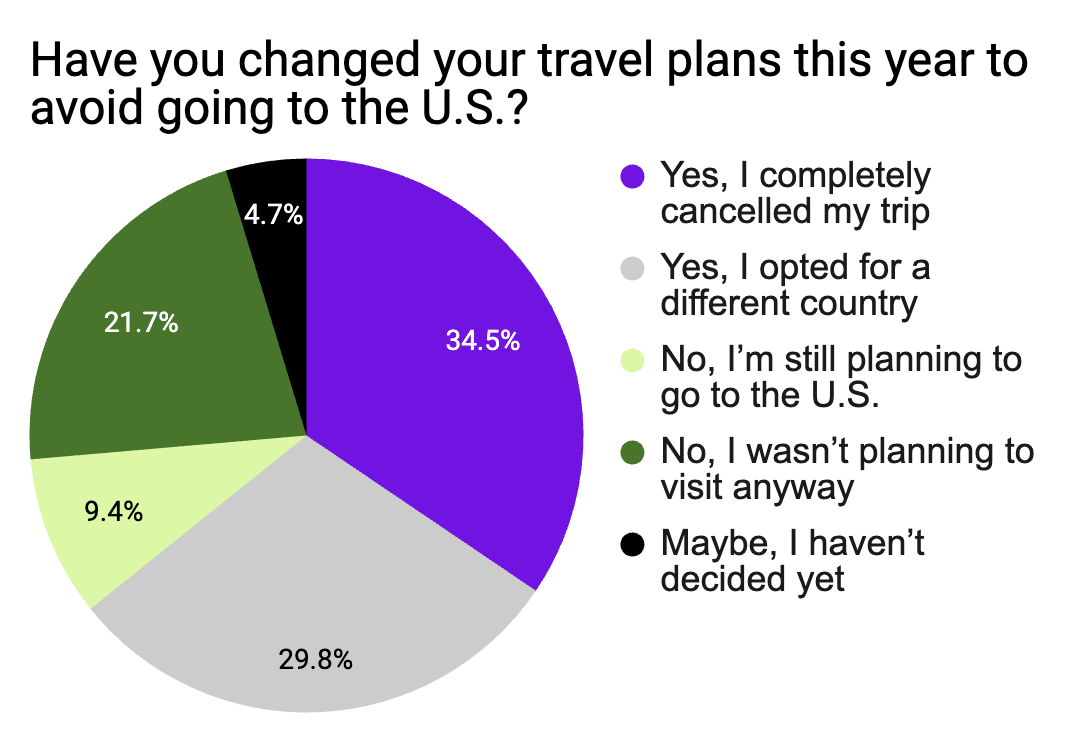For more than a decade, Nikita Goffney lived with intense pain every time she tried to eat, all because her teeth were severely damaged.
As she shared with KPRC 2 Helps You, her teeth would “break in half, literally, while I’m chewing food.”
Don’t miss
- I’m 49 years old and have nothing saved for retirement — what should I do? Don’t panic. Here are 5 of the easiest ways you can catch up (and fast)
- Thanks to Jeff Bezos, you can now become a landlord for as little as $100 — and no, you don’t have to deal with tenants or fix freezers. Here’s how
- Gain potential quarterly income through this $1B private real estate fund — even if you’re not a millionaire. Here’s how to get started with as little as $10
The Houston resident had suffered silently for years, forced to avoid solid foods and compelled to hide her smile — and herself — out of embarrassment.
"I don’t want (people) to judge me or, you know, judge my kids based off of me not having teeth in my mouth,” she said. “So it has affected my whole life."
A life shaped by hardship
Goffney’s dental problems began early. Raised in foster care, she had minimal access to dental exams and treatments during childhood. As an adult, she never had health or dental insurance, and the financial burden of dental care had put treatment out of reach. As a result, her oral health slowly deteriorated.
"I’m basically gnawing like a baby to try to get food down," Goffney explained. Due to her dental challenges, most of her meals have been limited to fresh fruits blended with protein powder and juice.
But some days, her gums would swell to the point that she simply couldn’t eat. “It (her gums) used to swell so bad that I would have to put ice packs on it,” she recalled. As the years went by, her teeth began to crack, fall apart and eventually fall out entirely.
Goffney’s story, however, took a turn when she reached out to KPRC 2 Helps You. Reporter Bill Spencer connected her with Dr. Terri Alani — a Houston-based dentist specializing in implant, cosmetic and general dentistry — and Dr. Alani didn’t hesitate to help.
“(I) realize how lucky I am to be able to give back to people," Dr. Alani expressed. "It’s not on purpose that their teeth are in such bad shape and that they can’t smile. Everybody should have the chance to be able to smile and feel good about themselves.”
With Dr. Alani’s assistance, Goffney will receive a full smile makeover — free of charge. And while Goffney is thankful for Dr. Alani’s help, millions of Americans struggling with similar dental issues are unable to afford a trip to the dentist.
Read more: Want an extra $1,300,000 when you retire? Dave Ramsey says this 7-step plan ‘works every single time’ to kill debt, get rich in America — and that ‘anyone’ can do it
The hidden cost of dental neglect
Goffney’s situation, while heartbreaking, is not uncommon. Dental care in the United States is often siloed from general health care and remains a financial burden for millions.
According to recent statistics from the American Dental Association, only about 39% of adults ages 19-64 visit the dentist regularly. This is often due to cost barriers, which 13% of the population reported for dental care, versus 4–5% that reported cost barriers for other health care services.
Here’s why dental issues can quickly become expensive:
- Cleanings can cost anywhere from $75 to $200 without coverage, and untreated problems can often snowball into severe issues.
- Root canals can exceed $1,200, and a dental bridge can cost you $2,500 or more.
- Even those with insurance often find limited help, as many plans cap coverage anywhere between $1,000 to $2,000 annually, far short of what’s needed for major dental procedures.
How to protect your smile and your wallet
Whether you’re uninsured or underinsured, there are a few things Americans can do help to manage the costs of dental care:
Find dental discount plans. Unlike insurance, these memberships offer reduced rates from participating dentists, often up to 50% off.
Use HSAs or FSAs. With a Health Savings Account (HSA) or a Flexible Spending Account (FSA), you can set aside pre-tax dollars for future dental expenses.
Get cost estimates in advance and budget. Ask for a written treatment plan so you can prepare yourself with a budget and even shop around to compare different dentists’ fees.
Start a dental fund. Setting aside just $30–$50 per month in a high-yield savings account can cushion the blow if an emergency dental procedure arises.
You may not have to pay 100% upfront. Many dentists offer payment plans or third-party financing, and some even offer sliding-scale fees.
What to read next
- Don’t have the cash to pay Uncle Sam in 2025? You may already be eligible for a ‘streamlined’ handshake with the IRS — here’s how it works and how it can potentially save you thousands
- Here are 5 ‘must have’ items that Americans (almost) always overpay for — and very quickly regret. How many are hurting you?
- Robert Kiyosaki warns of a ‘Greater Depression’ coming to the US — with millions of Americans going poor. But he says these 2 ‘easy-money’ assets will bring in great wealth. How to get in now
This article provides information only and should not be construed as advice. It is provided without warranty of any kind.







